High Renaissance & Mannerism
Artemisia Gentileschi was born in the Papal States in 1593, daughter to the painter Orazio Gentileschi.
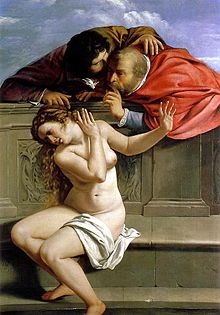
Both her and her father interpreted many of Caravaggio’s paintings and his dramatic realism is seen in both their works; although, her work was much more realistic than that of her father or Caravaggio and her compositions more dramatic. Artemisia was one of the few female artists to succeed in the 17th century. She made female figures the focus of her work giving the women depicted power and importance. Her experience with sexual assault as a teenager impacted many of the themes in her work, as she was likely working through her trauma this way.
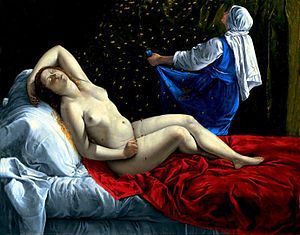
jewel tones were a statement in Artemisia’s work, and thought the subject of this piece is common she paints Danae in a rather unique way.
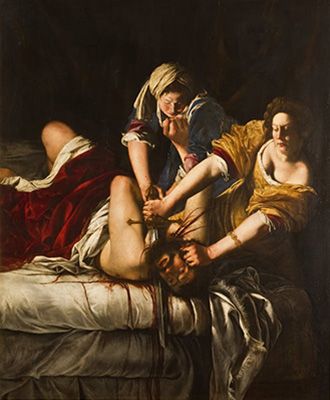
Another popular subject matter depicted. The power of the women in this scene is quite intense and more graphic than past depictions.
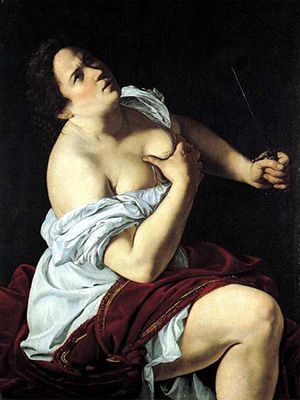
Lucretia was a popular symbol of female defiance in the time. Artemisia paints the phycological journey Lucretia goes through rather than the rape or the pathos
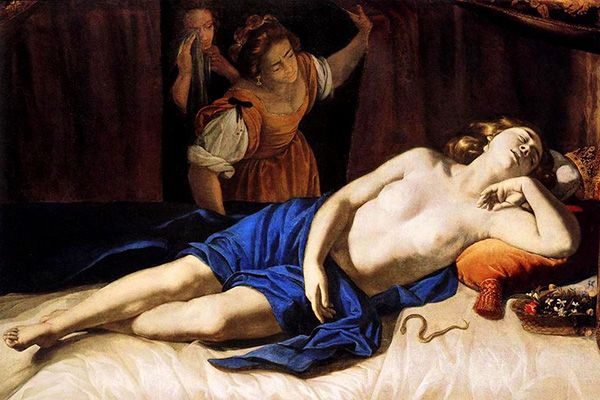
Cleopatra is not depicted by Artemisia as a sexual temptress, as many other male painters had. Rather her mistreatment by men has caused her death giving her agency in her life (a different take on female empowerment).
Leave a Reply